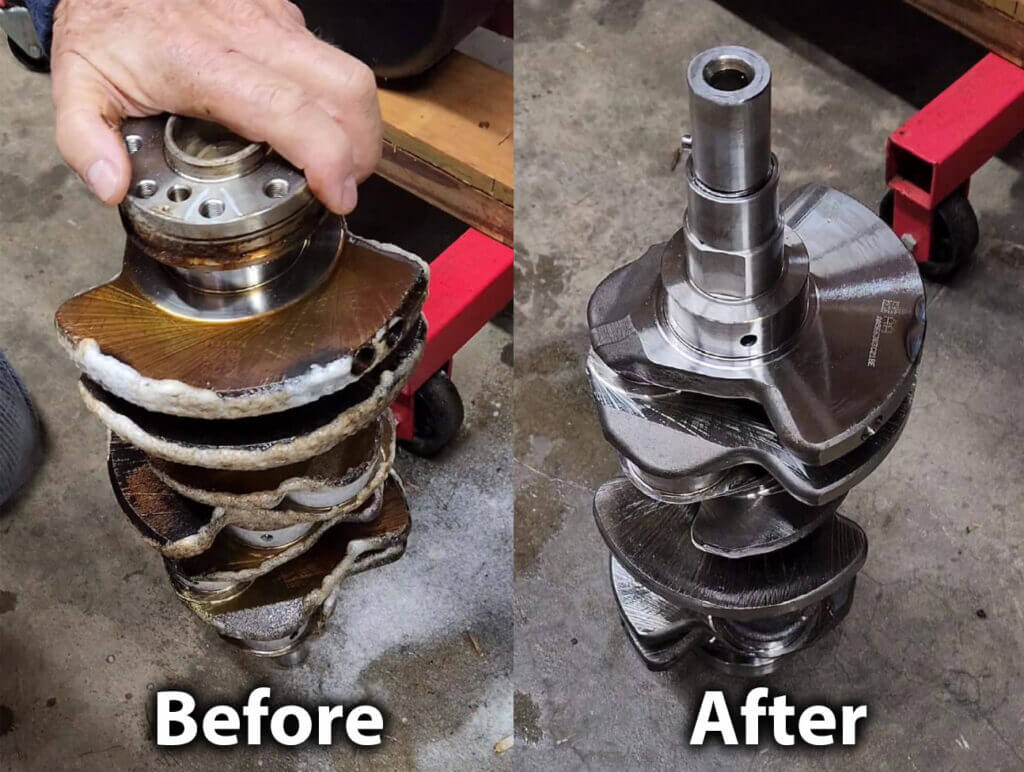
When it comes to maintaining and cleaning engine parts, the go-to solutions often revolve around specialized products like engine or brake cleaners. These products are formulated to tackle the grease, grime, and dirt that accumulate on engine components over time. However, a surprising contender has emerged as an effective alternative for cleaning engine parts: oven cleaner.
Why Oven Cleaner?
Oven cleaner is designed to cut through baked-on grease and grime inside ovens, which shares a lot of similarities with the types of contaminants found on engine parts. The key ingredient in many oven cleaners is sodium hydroxide (also known as lye), which is highly effective at breaking down organic materials like oil and grease. This makes it an excellent option for cleaning heavily soiled engine components that other cleaners might struggle with.
Advantages Over Traditional Engine and Brake Cleaners
Cost-Effectiveness: Oven cleaner is generally less expensive than specialized engine or brake cleaners, offering a cost-saving alternative for DIY mechanics and enthusiasts.
Availability: You can find oven cleaner in almost any supermarket or home goods store, making it a convenient option when you’re in a pinch.
Powerful Cleaning Action: The aggressive formula of oven cleaner can sometimes outperform engine and brake cleaners on particularly stubborn grime and buildup.
How to Use Oven Cleaner on Engine Parts
Remove the Part: Always remove the engine part you intend to clean to avoid damaging other components.
Protect Yourself: Wear gloves and eye protection, and work in a well-ventilated area to avoid inhaling fumes.
Apply Oven Cleaner: Spray a generous amount of oven cleaner on the part and let it sit for the time recommended on the product label (usually 10-20 minutes).
Scrub if Necessary: For parts with heavy buildup, use a brush to scrub the surface gently.
Rinse Thoroughly: Rinse the part with water to remove all traces of the cleaner. Be sure to dry it thoroughly to prevent rusting.
Inspect and Repeat if Necessary: Check the part for cleanliness, and repeat the process if needed.
Precautions and Considerations
While oven cleaner can be a powerful tool for cleaning engine parts, there are important precautions to keep in mind:
Material Compatibility: Some materials, like aluminum, can be damaged by the harsh chemicals in oven cleaner. Always test on a small, inconspicuous area first or consult the cleaner’s label for material compatibility.
Health and Safety: The fumes from oven cleaners can be harmful. Always use in a well-ventilated area and wear protective gear.
Conclusion
Oven cleaner presents an unconventional yet effective solution for cleaning engine parts, especially when dealing with heavy grease and grime. Its cost-effectiveness and availability make it a handy alternative to traditional engine and brake cleaners. However, it’s crucial to use it responsibly, considering the potential impact on the materials being cleaned. With the right precautions, oven cleaner can be a valuable addition to your automotive maintenance toolkit.
